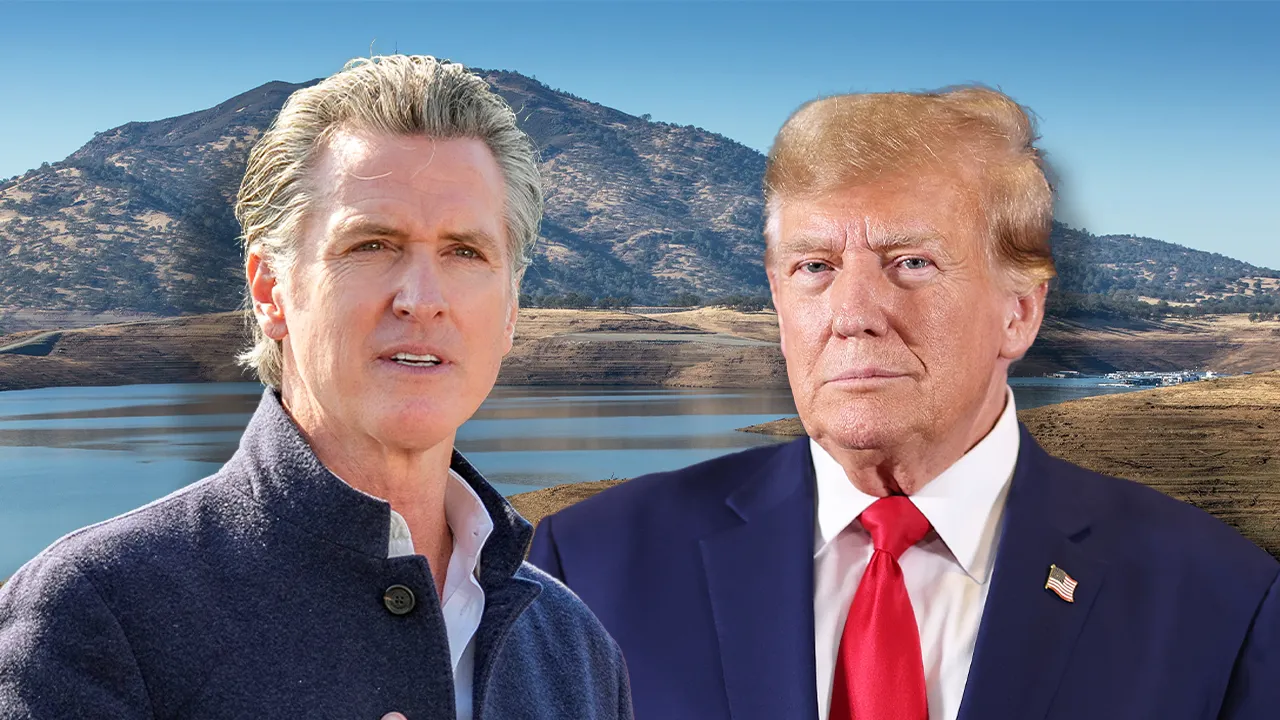California’s Wildfire Crisis: Overview of Governor Newsom’s Emergency Declaration
In recent months, California has been engulfed in a fierce wildfire crisis, prompting Governor Gavin Newsom to declare a state of emergency. This decision aims to expedite relief efforts and provide urgent assistance to communities affected by the relentless flames. The declaration comes amid heightened criticism from various political figures, including former President Donald Trump, who has targeted California’s wildfire management practices over the years. This article explores the implications of Newsom’s emergency declaration, the critiques surrounding California’s wildfire management, and potential measures for future wildfire prevention and response.
Understanding the Wildfire Crisis in California
The wildfire crisis in California is not a new phenomenon. Over the past few decades, the state has witnessed an alarming increase in the frequency and intensity of wildfires. Factors such as climate change, prolonged drought conditions, and mismanaged forest lands have all contributed to this escalating situation. In 2023 alone, the state has faced devastating fires that have consumed thousands of acres, destroyed homes, and threatened wildlife.
Governor Newsom’s emergency declaration is a strategic response not only to the immediate crisis but also to the underlying issues that have plagued California’s wildfire management. By declaring a state of emergency, the governor aims to streamline the deployment of resources, enhance coordination among different agencies, and provide aid to affected communities more swiftly.
The Political Landscape: Criticism and Accountability
The political ramifications of California’s wildfire crisis are profound. Former President Trump has been vocal in his critiques, suggesting that California’s management strategies, particularly under Democratic leadership, have failed to adequately address the state’s wildfire risks. Trump’s statements have sparked a firestorm of debate regarding the effectiveness of current policies and the role of federal versus state responsibility in managing natural disasters.
- Resource Allocation: Critics argue that California has not invested enough in forest management practices, which could mitigate wildfire risks. This includes controlled burns and clearing dry vegetation.
- Infrastructure Issues: The state’s aging electrical infrastructure has been blamed for sparking many wildfires, particularly when high winds exacerbate the situation.
- Political Blame Game: The blame game between state and federal officials complicates crisis management, as each side points fingers at the other instead of finding solutions.
Newsom’s emergency declaration can be seen as an effort to counteract these criticisms by demonstrating proactive leadership. However, it also places him under scrutiny as he navigates the complexities of disaster response during a politically charged environment.
The Emergency Declaration: What It Means for Californians
Governor Newsom’s emergency declaration is a multifaceted approach aimed at addressing the immediate needs of those impacted by the wildfires while also laying the groundwork for long-term improvements in wildfire management. Here’s a closer look at what this declaration entails:
- Increased Funding: The declaration unlocks additional state funds to support firefighting efforts, community recovery programs, and infrastructure repairs.
- Streamlined Response: It enables state agencies to work more efficiently, allowing for faster deployment of resources such as firefighters, equipment, and evacuation assistance.
- Community Support: Programs aimed at aiding displaced families, including temporary housing and financial assistance, will be prioritized under this emergency status.
Moreover, the declaration is critical for fostering collaboration among federal, state, and local agencies. During a crisis, communication and coordination are paramount, and Newsom’s leadership in this regard is essential in ensuring that all available resources are utilized effectively.
Looking Ahead: Sustainable Solutions for Wildfire Management
While the emergency declaration offers immediate relief, it also raises questions about the long-term strategies needed to address California’s wildfire crisis. Experts suggest several sustainable solutions that could help mitigate future wildfire risks:
- Improved Forest Management: Implementing comprehensive forest management practices, including controlled burns and thinning dense forests, can significantly reduce fuel loads that contribute to wildfires.
- Investment in Technology: Utilizing advanced technology such as drones and satellite imaging can enhance monitoring of fire-prone areas, allowing for quicker responses and better resource allocation.
- Community Education: Increasing awareness and preparedness among residents in high-risk areas can lead to quicker evacuations and reduced casualties during wildfire events.
- Climate Action: Addressing the root causes of climate change through policies aimed at reducing greenhouse gas emissions is crucial for the future of wildfire management.
Community Resilience: The Human Element
At the heart of the wildfire crisis is the impact on communities. Families have lost homes, businesses have been destroyed, and the emotional toll is immeasurable. Newsom’s emergency declaration serves as a reminder of the importance of community resilience in the face of disaster. Local governments, non-profits, and citizen volunteers have rallied to support those affected, demonstrating the strength and solidarity of Californian communities.
In addition to immediate relief efforts, fostering long-term community resilience is essential. This involves not only disaster preparedness but also creating systems of support that can help individuals and families rebuild their lives after a crisis. Community centers, local organizations, and state programs must work together to provide comprehensive support services.
Conclusion: A Call for Unified Action
California’s wildfire crisis is a complex issue that requires a multifaceted approach, combining immediate response efforts with long-term strategic planning. Governor Newsom’s emergency declaration is a step in the right direction, but it is crucial that all stakeholders—government officials, community leaders, and residents—come together to address the root causes of the crisis.
As the state grapples with the realities of wildfire management, it is essential to move beyond political blame and focus on collaborative solutions that prioritize safety, sustainability, and community resilience. Only through unified action can California hope to emerge stronger from this ongoing challenge and safeguard its future against the devastating impacts of wildfires.
See more Your Daily Weather



